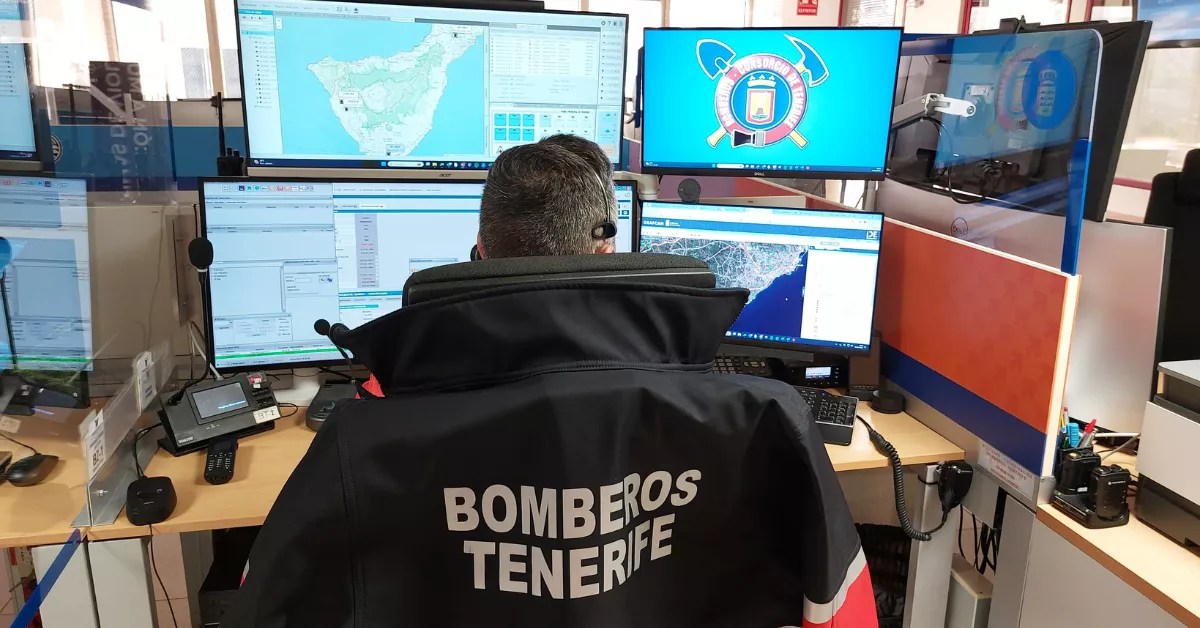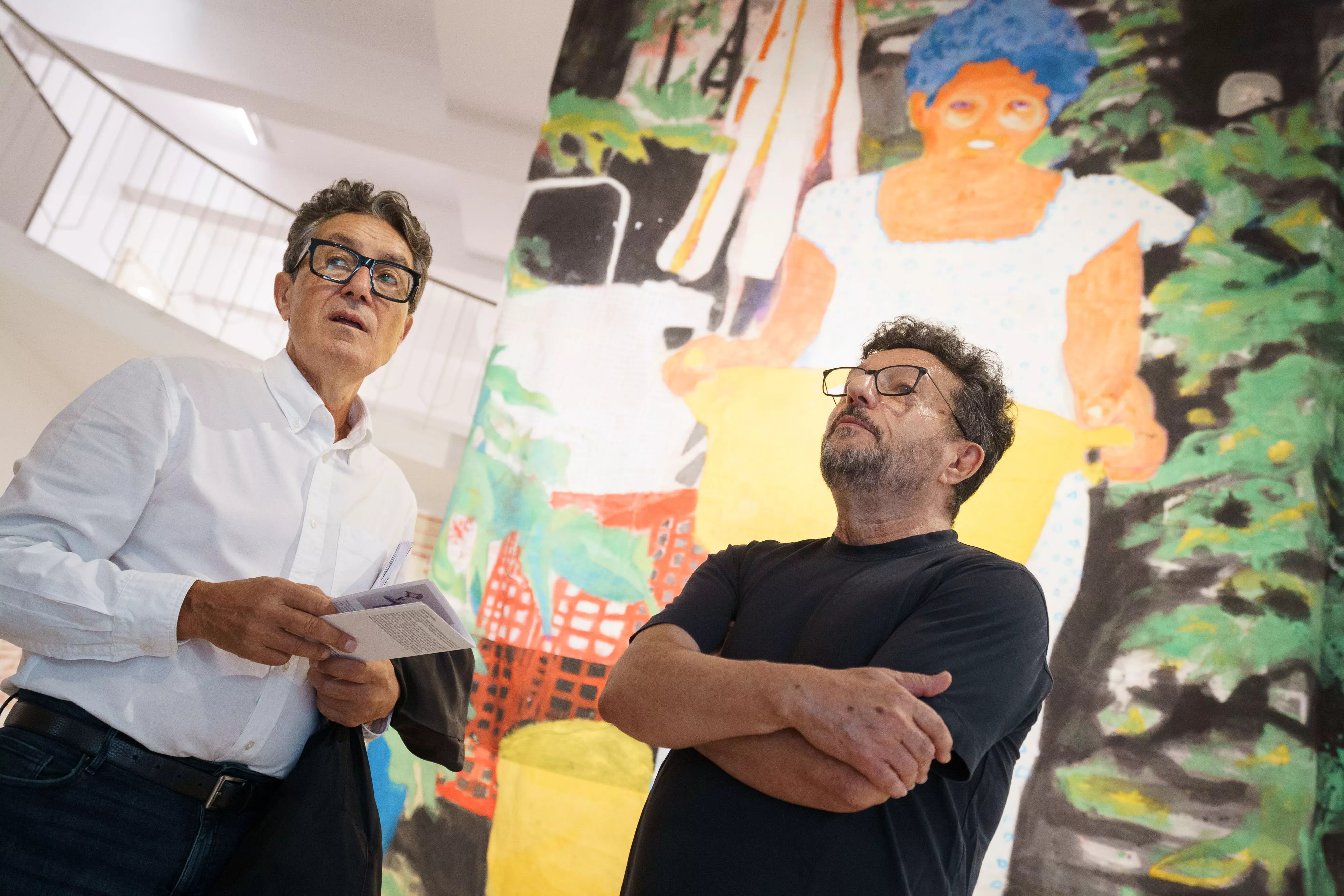
SANTA CRUZ DE TENERIFE, 15 Jul. (EUROPA PRESS) –
The Centre for Tourism Initiatives (CIT) ‘La Palma’ is urging for an immediate resolution to allow the use of trails and the organization of active leisure activities close to the Tajogaite volcanic cone, as well as the potential use of tracks and paths to enable individuals to immerse themselves in the opportunities connected to this new landscape asset.
The tourism sector has critiqued the “stringent” restrictions enforced by the Insular Plan for Volcanic Emergencies (Peinpal), which expresses a willingness to balance the development of these activities, acknowledging them but deeming them inadequate without accompanying measures to address the current impasse.
CIT La Palma emphasises the necessity for all stakeholders in this discourse to comprehend that the advancement of these activities “does not contradict environmental preservation” and asserts that it can be “a potent tool for educating and fostering awareness among both residents and visitors regarding the significance of safeguarding our natural resources.”
The Insular CIT underscores the importance of proper regulation and oversight to ensure that dynamic leisure activities are conducted responsibly and sustainably and calls for cooperation and dialogue to identify solutions that benefit all parties involved.
As per the association, “there must exist a genuine and tailored opportunity for utilising the trails near the volcanic cone and engaging in activities from Puerto Naos to the new lava delta, coastal sailing, and other aquatic pursuits, alongside the opening of the Cueva de Las Palomas Volcanic Tube and increased promotion of whale watching tourism.”
This list of requests encompasses cycling, horse riding, and access to buggies with a ‘Green’ certification or the ‘Eco’ labelled 4x4s, which offer “various economic and environmental advantages,” a statement rooted in the fact that the user base comprises families with children and the elderly, as well as individuals with diverse functional abilities in an inclusive and accessible package.
The Vice President of ‘Active Tourism’ at CIT La Palma, Enrique Viña, articulated that they are “helplessly witnessing, amidst the summer season, goodwill intentions directly conflicting with other stances that condition the usage and enjoyment of spaces that were initially off-limits due to gas emissions, subsequently evolving into a heritage value” that they acknowledge and respect, but should be “integrated into the active leisure experience that La Palma presents, particularly considering the pivotal moment that the island is in for broadening and enhancing its tourist offerings.”
The tourism sector remains optimistic that in the forthcoming weeks, the commitment of the Cabildo and the Canary Islands Oceanic Platform (PLOCAN) will materialise for the practice of scuba diving along the coastline of the new fajana, something that the Ministry of Transport, Mobility, and Urban Agenda has been granting authorization for just over a year, which would fulfil the demands of active leisure firms.
















